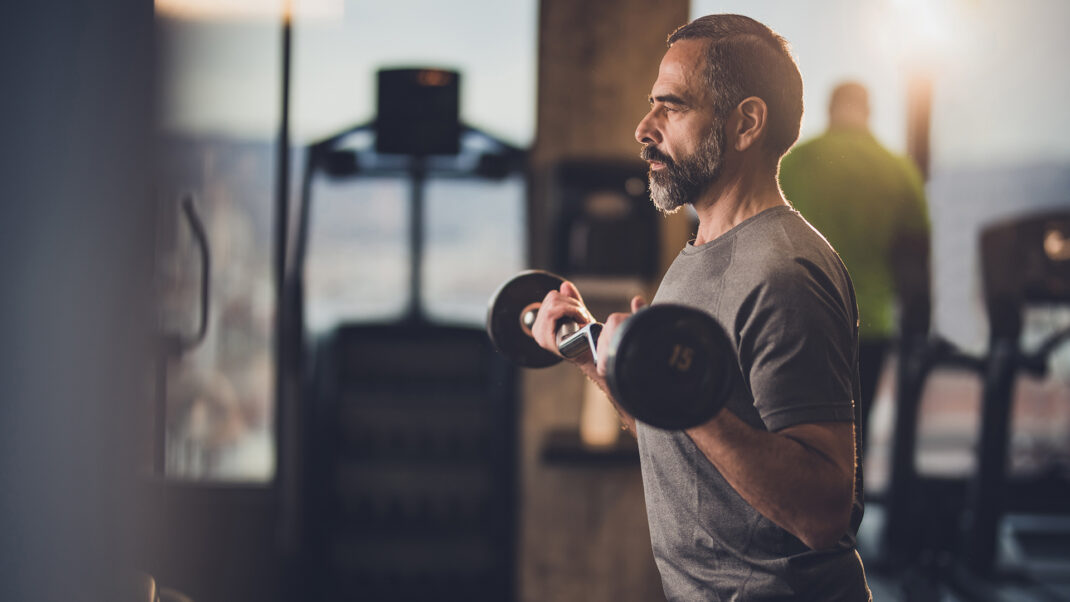Tabata Versus HIIT: What’s The Difference?

Despite the buzz over “Tabata” training, many fitness clients—and some fitness pros—aren’t aware that they’re not doing true Tabata, meaning the protocol that was first analyzed and reported on in a 1996 edition of Medicine & Science in Sports & Exercise (Tabata et al. 1996).
“When professor Izumi Tabata performed his breakthrough research, the Tabata protocol was performed on high-level athletes on specialized cycle ergometers at 170% VO2max versus a control group exercising at steady state, 70% VO2max,” notes Bryce Taylor, DPT, a physical therapist at Downtown Physical Therapy in Indianapolis. In the study, the Tabata protocol was executed for 4 minutes at a time.
Of course, average fitness clients don’t really need to be doing true Tabata. In fact, it’s probably a good thing they aren’t: “If group instructors pushed their clients to this super-elevated heart rate for 4 minutes, class retention would be very low,” says Taylor.
Regardless of what you call it, the goal is to get people active and enjoying it. However, since Tabata has received a lot of media attention as a time-saving workout with astonishing results, it’s a good idea to instruct clients on what they can and can’t expect.
| TABATA | HIIT | |
|---|---|---|
| This table summarizes the differences between Tabata and other HIIT methods. | ||
| Why we call it that | named after Japanese researcher Izumi Tabata | stands for high-intensity interval training |
| Interval ratio | 2:1 | varies (e.g., 1:1, 2:1, 3:1, 1:2, etc.) |
| Length of intervals | 20 seconds of work/10 seconds of recovery | varies (e.g., work/recovery intervals—in seconds—are 30/30, 45/15, 60/30, etc.) |
| Number of cycles | eight total (4 minutes) | varies (e.g., 2.5 minutes, 3 minutes, 6 minutes, etc.) |
| Intensity | anaerobic | anaerobic or aerobic |
To read the full article published in the February 2014 issue of the IDEA Fitness Journal click here.
References
Tabata, I., et al. 1996. Effects of moderate-intensity endurance and high-intensity intermittent training on anaerobic capacity and VO2max. Medicine & Science in Sports & Exercise, 28 (10), 1327-30.
Amanda Vogel, MA
Amanda Vogel, MA, is a fitness professional and the owner of Active Voice, a writing, editing and consulting service for fitness professionals. She writes for IDEA, Health, Prevention, and Self, and has co-authored books on postnatal fitness and yoga. With a master's degree in human kinetics, Amanda has worked in the fitness industry for more than 15 years, including time spent as a program director and vice president for a chain of all-women clubs in Vancouver, British Columbia.






